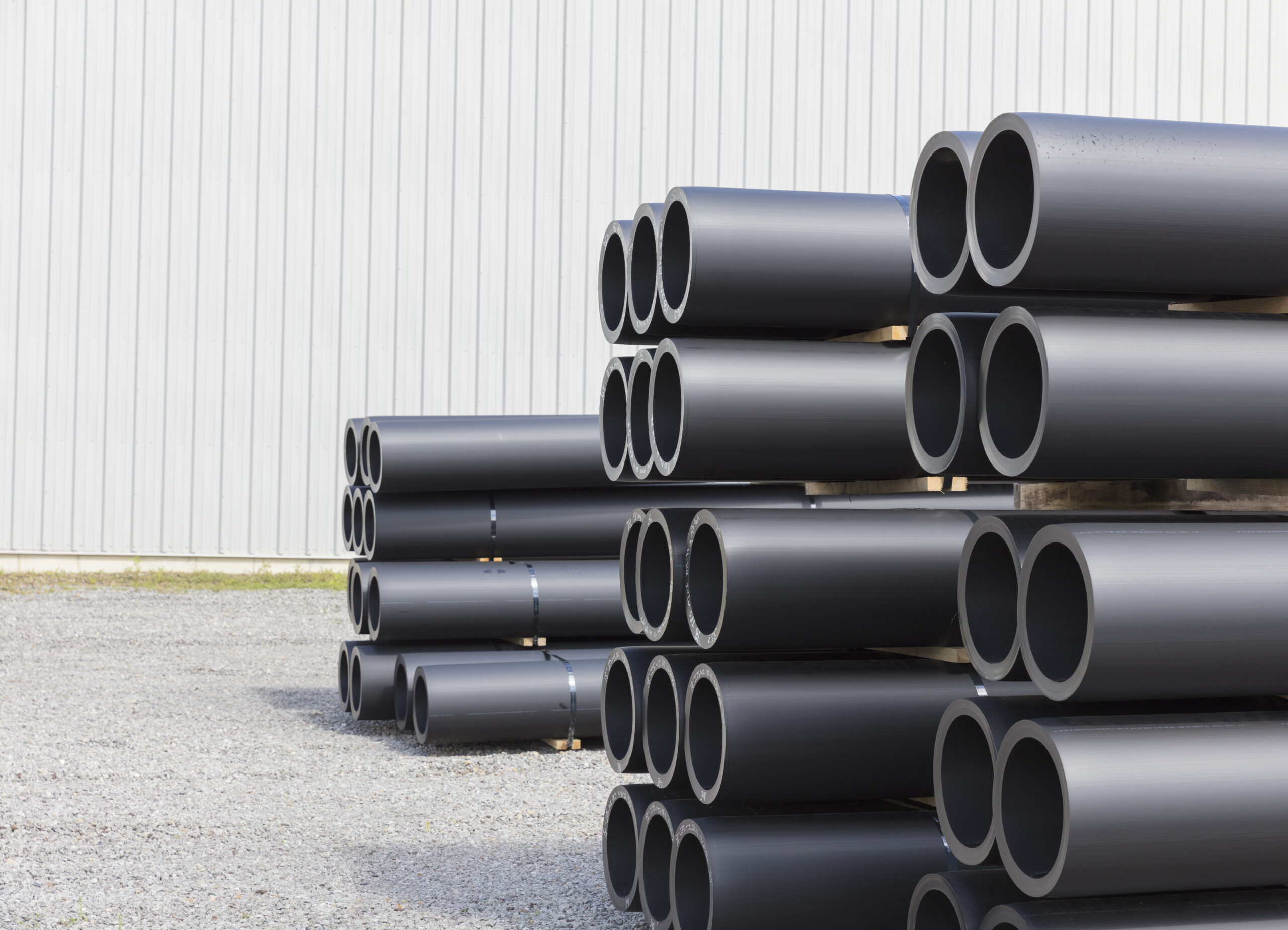How American Plastics HDPE Pipe for Oilfield Supports Reliable Transport Systems
Recognizing the Trick Benefits of HDPE Pipeline for Water and Wastewater Monitoring
Using HDPE pipe in water and wastewater management provides countless advantages that warrant factor to consider. Its phenomenal resilience and lengthy life expectancy make it a favored choice for lots of jobs. Additionally, the material's resistance to corrosion and chemical damage boosts its dependability in different settings. Nevertheless, the advantages expand past simply longevity and resistance. Exploring its cost-effectiveness and ecological impact exposes a lot more compelling factors for its widespread fostering in contemporary facilities
Extraordinary Resilience and Durability

HDPE pipeline stands out for its remarkable resilience and long life, making it a favored selection in water monitoring systems. Created from high-density polyethylene, these pipelines can hold up against significant pressure and stress and anxiety, making sure trustworthy performance in time. Their robust nature permits them to endure extreme environmental problems, including temperature level fluctuations and dirt activities, which can trigger other products to fall short.
The lifespan of HDPE pipes often exceeds half a century, providing an affordable remedy for communities and markets alike. Furthermore, the product's lightweight homes simplify setup, decreasing labor prices and timeframes. This longevity decreases the requirement for regular repair services or replacements, better boosting its economic appeal.
In water monitoring applications, the dependability of HDPE pipelines means fewer disturbances and boosted solution connection, making them indispensable to lasting facilities growth. The combination of sturdiness and longevity strengthens HDPE's role as a cornerstone in efficient water monitoring services.

Resistance to Deterioration and Chemical Damage
While many products catch corrosion and chemical damages gradually, HDPE pipes show remarkable resistance, making them optimal for numerous water administration applications. This durability stems from the molecular framework of high-density polyethylene, which is inherently non-reactive and does not rust like metals or deteriorate from direct exposure to severe chemicals. As a result, HDPE is very effective in atmospheres with hostile compounds, such as wastewater systems that might consist of acids, bases, and organic solvents.
Additionally, HDPE pipelines can withstand environmental variables such as soil level of acidity and saline conditions, further enhancing their viability for diverse applications (Pipe Manufacturing Midland TX). Their capability to preserve structural integrity gradually minimizes the threat of leakages and failings, which is critical in making certain the security and reliability of water distribution and wastewater monitoring systems. The resistance to deterioration and chemical damage substantially contributes to the overall efficiency and long life of HDPE piping services.
Cost-Effectiveness and Financial Benefits
When thinking about the monetary effects of water management systems, the cost-effectiveness of HDPE pipes comes to be noticeable. These pipelines provide reduced installment and maintenance prices compared to conventional materials like steel or concrete. Their lightweight nature simplifies transportation and setup, leading to decreased labor expenditures. Additionally, HDPE pipes exhibit a long life expectancy, usually surpassing half a century, which converts to fewer replacements and lasting cost savings.
The resistance of HDPE to rust and chemical damages lessens the need for expensive fixings and replacements. The pipes likewise sustain efficient water flow, decreasing power prices related to pumping systems. By mitigating leaks and water loss, HDPE pipelines add to considerable financial advantages for communities and sectors alike. On the whole, the preliminary financial investment in HDPE piping can generate considerable monetary returns over the life-span of the water administration system, making it a prudent choice for lasting facilities advancement.
Environmental Sustainability and Decreased Impact

Versatility and Adaptability in Setup
Due to their distinct residential or commercial properties, HDPE pipelines supply amazing convenience and flexibility in setup, making them appropriate for a wide variety of applications. Their light-weight nature enables for easier handling and transport, lowering labor prices and installment time. HDPE pipes can be bent and shaped to fit different surfaces and project requirements, which is especially beneficial in testing atmospheres.
In addition, their resistance to corrosion and chemical damage enables installation in varied setups without the need for specialized safety coverings. The ability to fuse joints develops a continual, leak-free system, boosting the check here general honesty and reliability of the installment. HDPE's versatility likewise fits ground activity, minimizing the danger of damage in areas vulnerable to changing dirt. In general, these attributes make HDPE pipelines not only versatile however additionally a favored selection for water and wastewater management systems.
Frequently Asked Inquiries
How Does HDPE Pipe Contrast to PVC in Water Administration Applications?
HDPE pipeline provides exceptional versatility, resistance to deterioration, and durability compared to PVC. Its lighter weight helps with simpler setup, while its long lifespan reduces replacement prices, making HDPE a favored option in water management applications.
What Is the Lifespan of HDPE Pipes Under Common Conditions?
Under normal problems, HDPE pipes can have a lifespan varying from 50 to 100 years. Their toughness and resistance to rust add to their long-lasting efficiency in different applications, making them a dependable selection for facilities.
Are HDPE Pipeline Recyclable After Their Life Span?
Yes, HDPE pipes are recyclable after their life span. Texas hdpe pipe manufacturer. They can be refined and repurposed into new products, significantly decreasing environmental effect and promoting sustainability within the sector, making them an eco-friendly choice for piping options
What Is the Installation Process for HDPE Pipeline?
The installation procedure for HDPE pipes entails website prep work, trenching, pipeline fusion or mechanical joining, backfilling, and stress testing. Appropriate techniques ensure a long lasting and reliable system for transferring water and wastewater properly.
Can HDPE Pipes Be Utilized for Both Potable and Non-Potable Water Systems?
Yes, HDPE pipelines can be made use of for both potable and non-potable water systems. Their flexibility, toughness, and resistance to rust make them suitable for numerous applications, ensuring safe and effective transportation of water in various contexts.